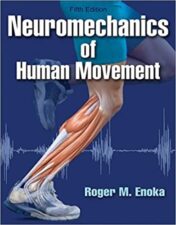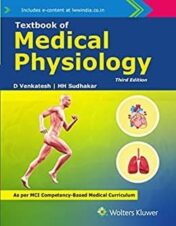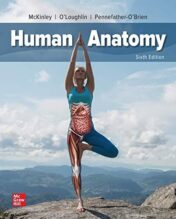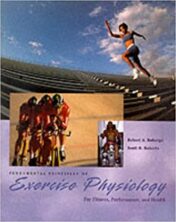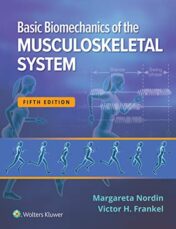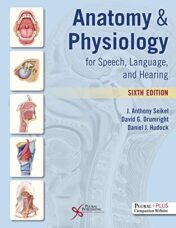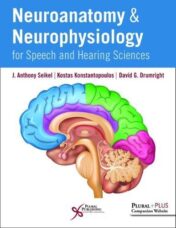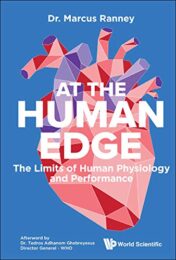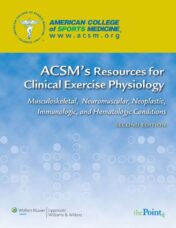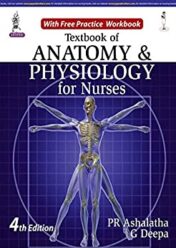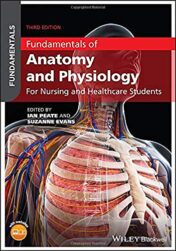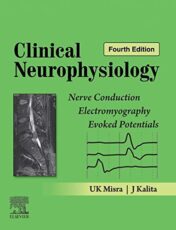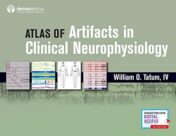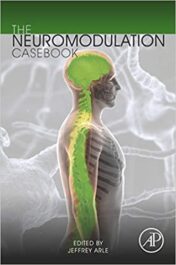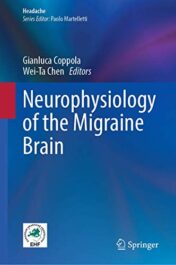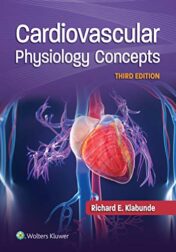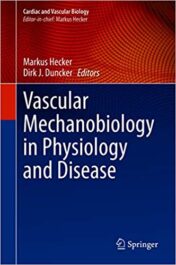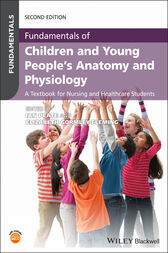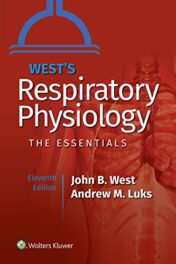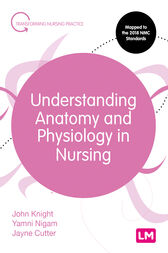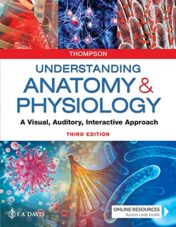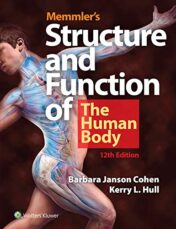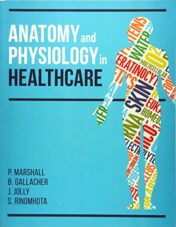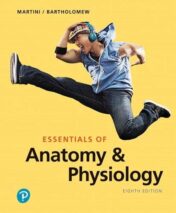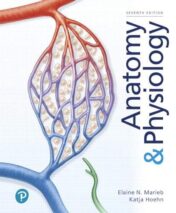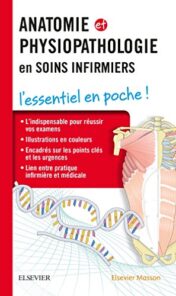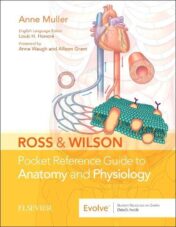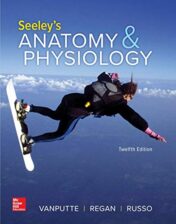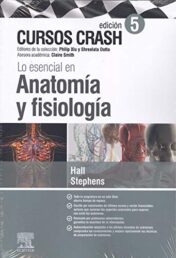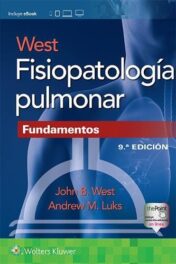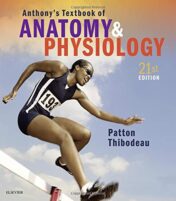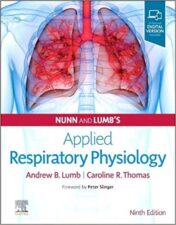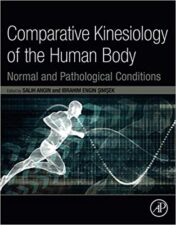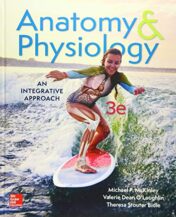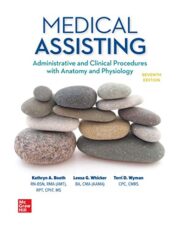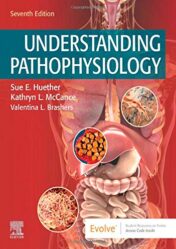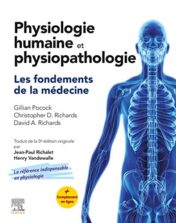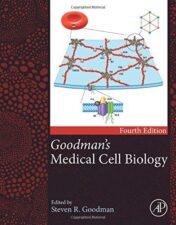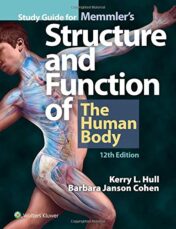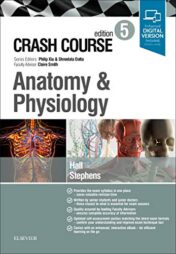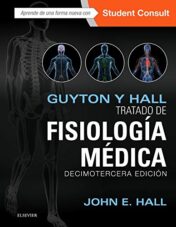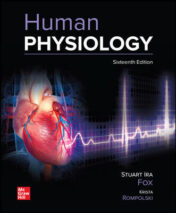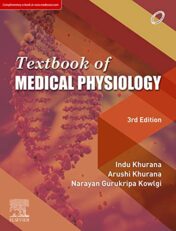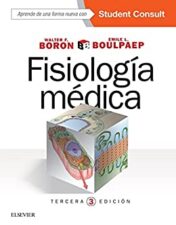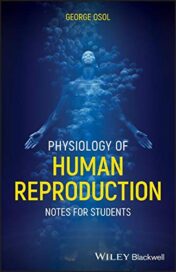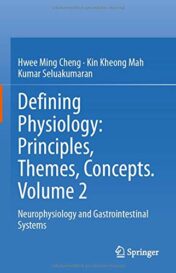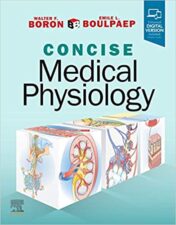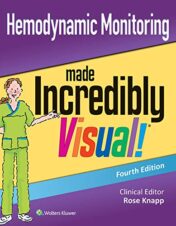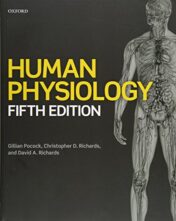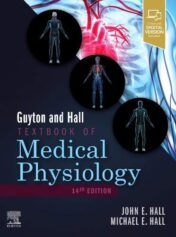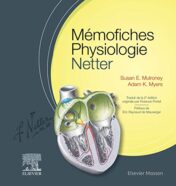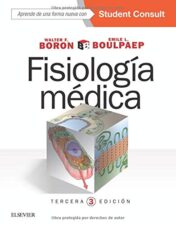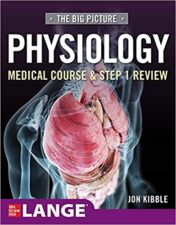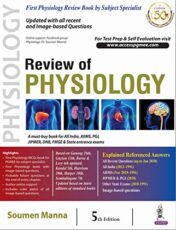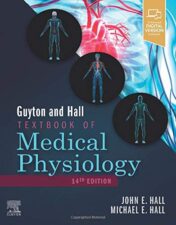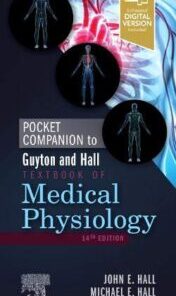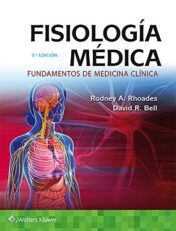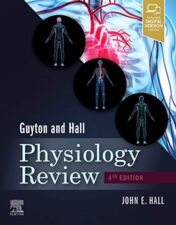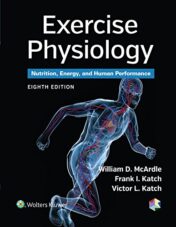Neuromechanics of Human Movement Fifth Edition 2015 Epub+Converted pdf
$9
Neuromechanics of Human Movement Fifth Edition 2015 Epub+Converted pdf
Neuromechanics of Human Movement, Fifth Edition, draws on the disciplines of neurophysiology and physics to explore how the nervous system controls the actions of muscles to produce human motion. This contemporary approach is much different from the traditional approach, which focuses solely on mechanics and does not consider the role of the sensorimotor system in the control of human movement. Authored by Roger Enoka, a widely recognized and esteemed scholar in neuromechanics, this influential text is an essential resource in biomechanics, motor learning, and applied physiology, making complex information accessible to students.
With material based on updated research in the field, this fifth edition provides a scientific foundation to the study of human movement, and as such it uses precise terms and definitions when discussing ideas. An appendix showcases both the base and derived units of the metric system as well as other learning tools, including a glossary of terms and a comprehensive list of the equations presented throughout the text. The text includes 70 practical learning examples, giving students the opportunity to work through a variety of problems and explore current research and applications. Content is visually reinforced with 341 figures, including specific illustrations of the neuromechanics involved in sport and rehabilitation movements. References have been streamlined and moved to the end of each chapter to improve readability. And instructors will benefit from an image bank that includes most of the figures and tables from the text to use in course materials.
Significant content updates in the fifth edition present information relevant for both research and clinical environments, including more contemporary examples throughout the text and a new chapter on movement analysis. The following are additional key changes:
• New figures that highlight and clarify key points
• New information on energy costs
• Debunking the concept of motor unit types
• Detailed information on the center of mass trajectory
• Explanation of neuromodulation
• Additional content on PET imaging to help examine activity intensity
To encourage a comprehensive learning experience, this updated edition follows a logical progression where each part builds on the material from the previous section. It begins with an introduction to the biomechanical terms and concepts commonly used to describe movement, focusing on the relation between force and motion. Part II deals with the motor system and introduces essential concepts from neurophysiology required for understanding how movement is produced by the nervous system. Part III focuses on adaptability of the motor system, including the acute and chronic changes that can occur in response to deviations in an individual’s level of physical activity.
The fifth edition of Neuromechanics of Human Movement provides a scientific basis for the study of human movement while continuing to expand current knowledge in the fields of biomechanics and neurophysiology. By integrating these fields in a unique framework, this text offers professionals and students both valuable clinical information and inspiration to deepen their study of human movement.
Related Products
Physiology Books
Physiology Books
Textbook of Medical Physiology, 3rd edition Original PDF 2020
Physiology Books
Physiology Books
Physiology Books
Physiology and Nutrition for Amateur Wrestling (Original PDF)
Physiology Books
Physiology Books
Physiology Books
Physiology Books
Sports Physiology – Medical School Crash Course (Original PDF)
Physiology Books
Physiology Books
Atlas of Artifacts in Clinical Neurophysiology (Original PDF)
Physiology Books
Physiology Books
Physiology Books
Physiology Books
Physiology Books
Vascular Mechanobiology in Physiology and Disease (Original PDF)
Physiology Books
The Collagen Superfamily and Collagenopathies (Original PDF)
Physiology Books
Physiology Books
West’s Respiratory Physiology, 11ed (ePub+azw3+Converted PDF)
Physiology Books
Understanding Anatomy and Physiology in Nursing (Original PDF)
Physiology Books
Physiology Books
Essentials of Anatomy & Physiology (8th Edition) Original PDF
Physiology Books
Anatomy & Physiology (Elaine Marieb) (7th Edition) Original PDF
Physiology Books
Anatomie Et Physiopathologie En Soins Infirmiers (French Edition)
Physiology Books
Ross & Wilson Pocket Reference Guide to Anatomy and Physiology
Physiology Books
Physiology Books
Physiology Books
Physiology Books
Crash Course Anatomy and Physiology, 5th Edition (ORIGINAL PDF)
Physiology Books
Physiology Books
Guyton & Hall Tratado De Fisiologia Medica 14⪠Ed (Original PDF)
Physiology Books
Physiology Books
Physiology Books
Physiology Books
Fisiología médica (Boron), 3e (Spanish Edition) (Original PDF)
Physiology Books
Physiology Books
Physiology of Human Reproduction: Notes for Students (Original PDF)
Physiology Books
Physiology Books
Human Physiology, 5th Edition – Gillian Pocock (ORIGINAL PDF)
Physiology Books
BRS Physiology (Board Review Series), 7th Edition (High Quality PDF)
Physiology Books
Physiology Books
Physiology Books

